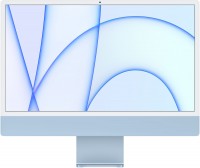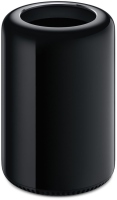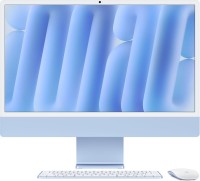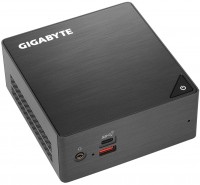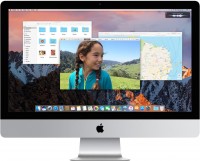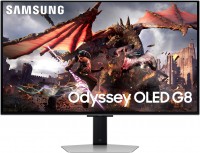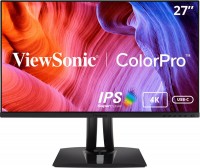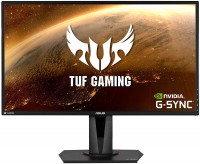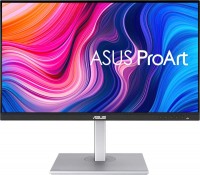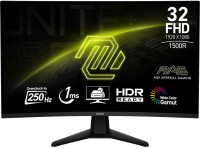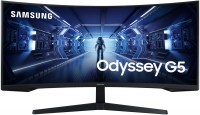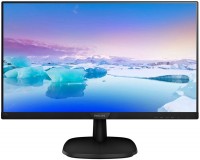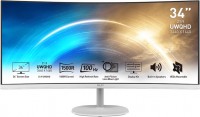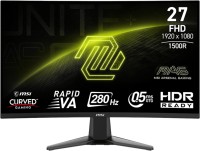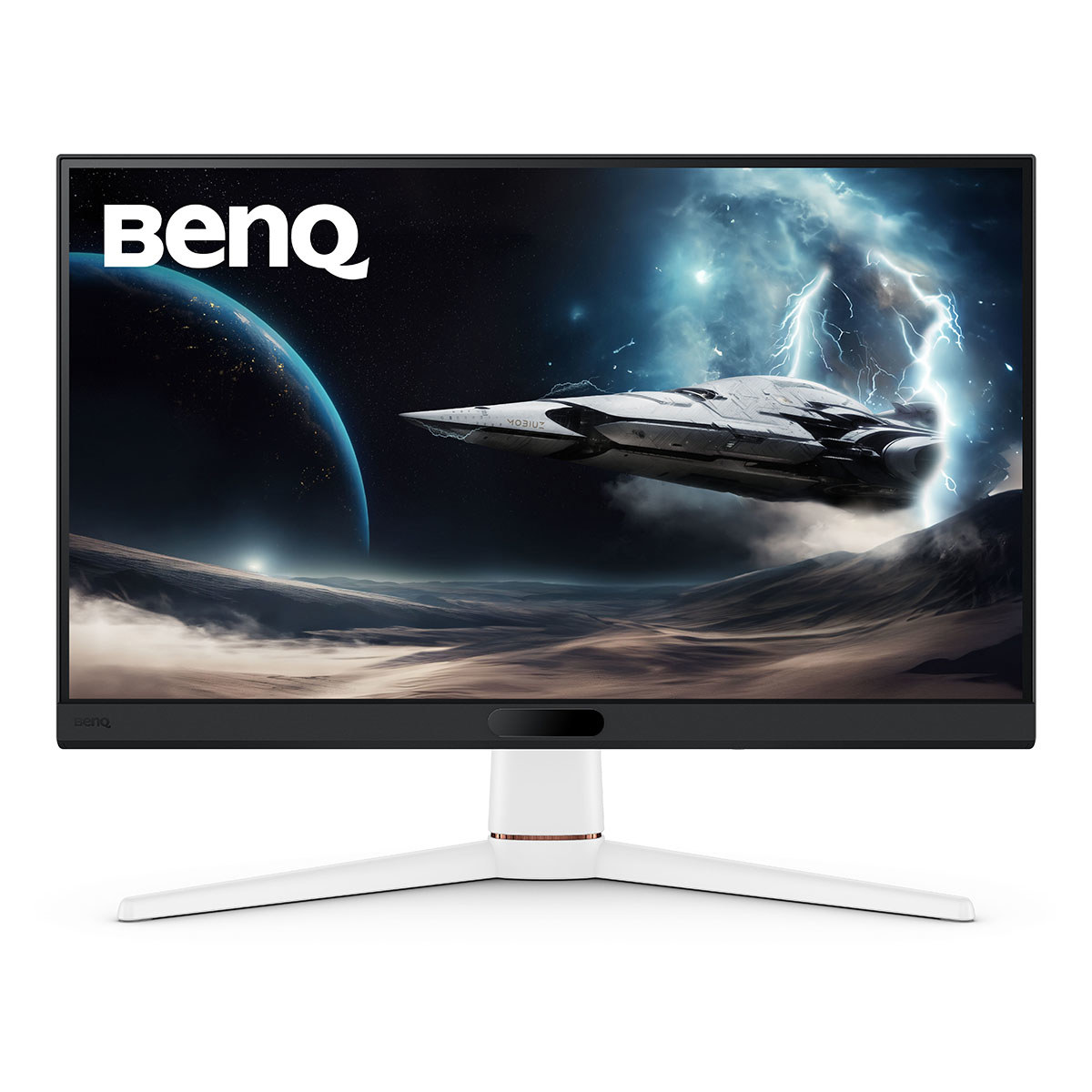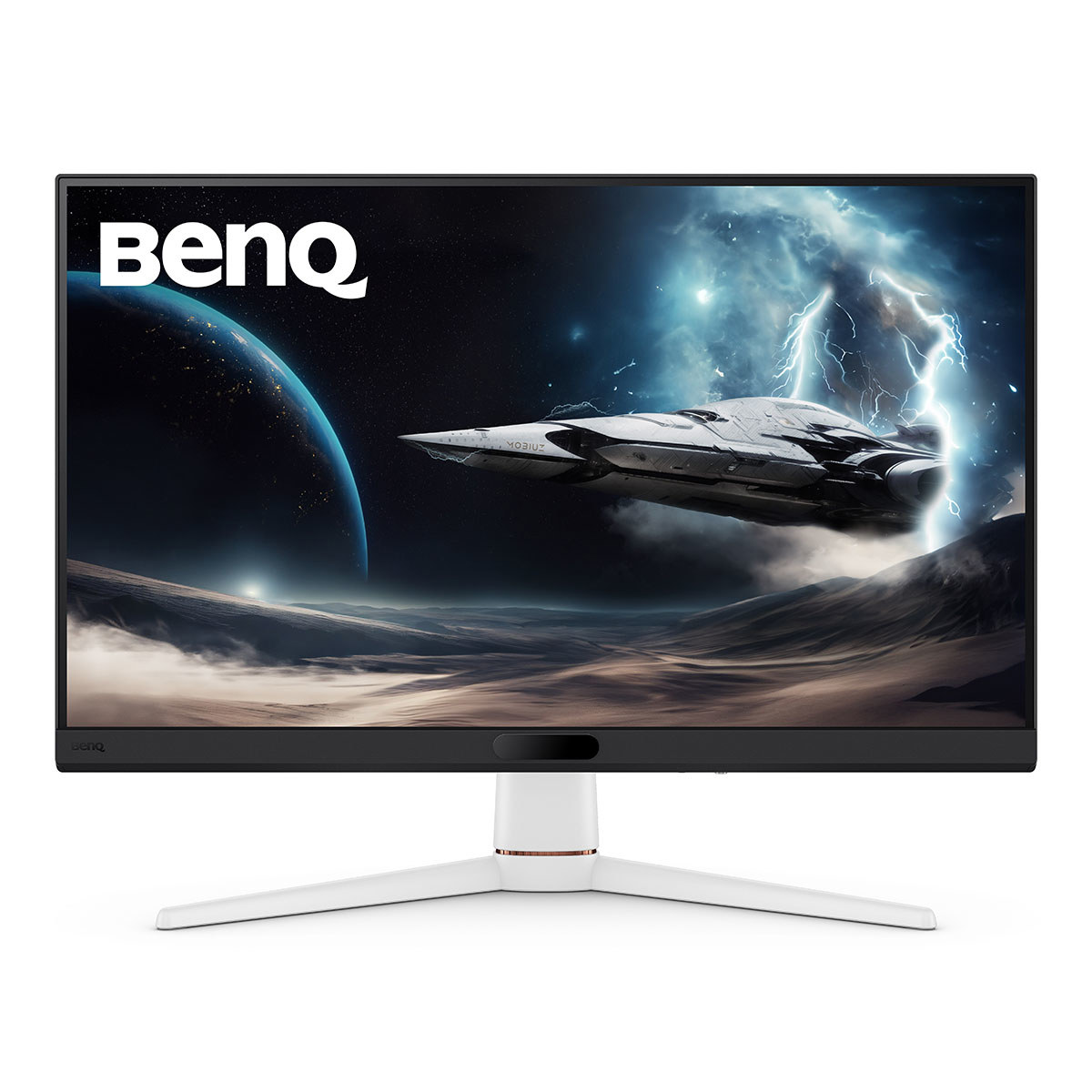BenQ RD280U 28.2” IPS LED 3:2 4K+ Advanced Coding Mode Programming with Backlight - Metallic g (HDMI/DP/USB-C 90W)
 |
Buy BenQ RD280U 28.2” IPS LED 3:2 4K+ Advanced Coding Mode Programming with Backlight - Metallic g (HDMI/DP/USB-C 90W)
When you make a purchase through links on our site, we may receive a affiliate commission.
BenQ - RD280U 28.2” IPS LED 3:2 4K+ Advanced Coding Mode Programming Monitor with Backlight (HDMI/DP/USB-C 90W) - Metallic g | $659.99 |  | |||
BenQ RD280U 28.2" 3:2 4K Ultra HD+ IPS Programming Monitor | $659.99 | ||||
BenQ Rd280U Computer Monitor 716 Cm 282" 3840 X 2560 Pixels W129019350 Cm 282 3840 X 2560 Pixels 4K Ultra Hd Black | $1,298.00 | ||||
BenQ RD280U 28.2-inch programming monitor RD280U features Ultra High Definition Plus (3840x2560) resolution paired with 3:2 aspect ratio and P3 95% color gamut. With narrow bezels and Low Blue Light (LBL) IPS panel, RD280U delivers remarkable picture clarity ideal for coding tasks, along with eye protection for prolonged usage. Its I/O ports include HDMI2.0, DP1.4, USB Type-C upstream (PD 90W / DP alt, Data USB 3.2 Gen1), USB Type-C downstream (for MST/data transfer and power delivery up to 7.5W) and USB hub, which offer exceptional flexibility for enhanced productivity. Furthermore, the premium fine-coated panel features; anti-reflection unlocks peak productivity by minimizing distraction and leveling up the concentration on coding tasks.
The product description is generated based on data from online stores. Before purchasing be sure to verify all information directly with the seller.

What Is Screen PWM and How Does It Affect Your Eyesight?Let's figure out what PWM technology is, why it is needed, and how to protect your eyesight from flickering screens.

HDMI 2.2: Detailed AnalysisExpanded bandwidth, support for 8K+240 Hz, new LIP protocol, and much more.
How to place an order?How to add store?
Remember that the online store is responsible for the accuracy of information regarding price, warranty, and delivery!
SimilarCompare using chart →


